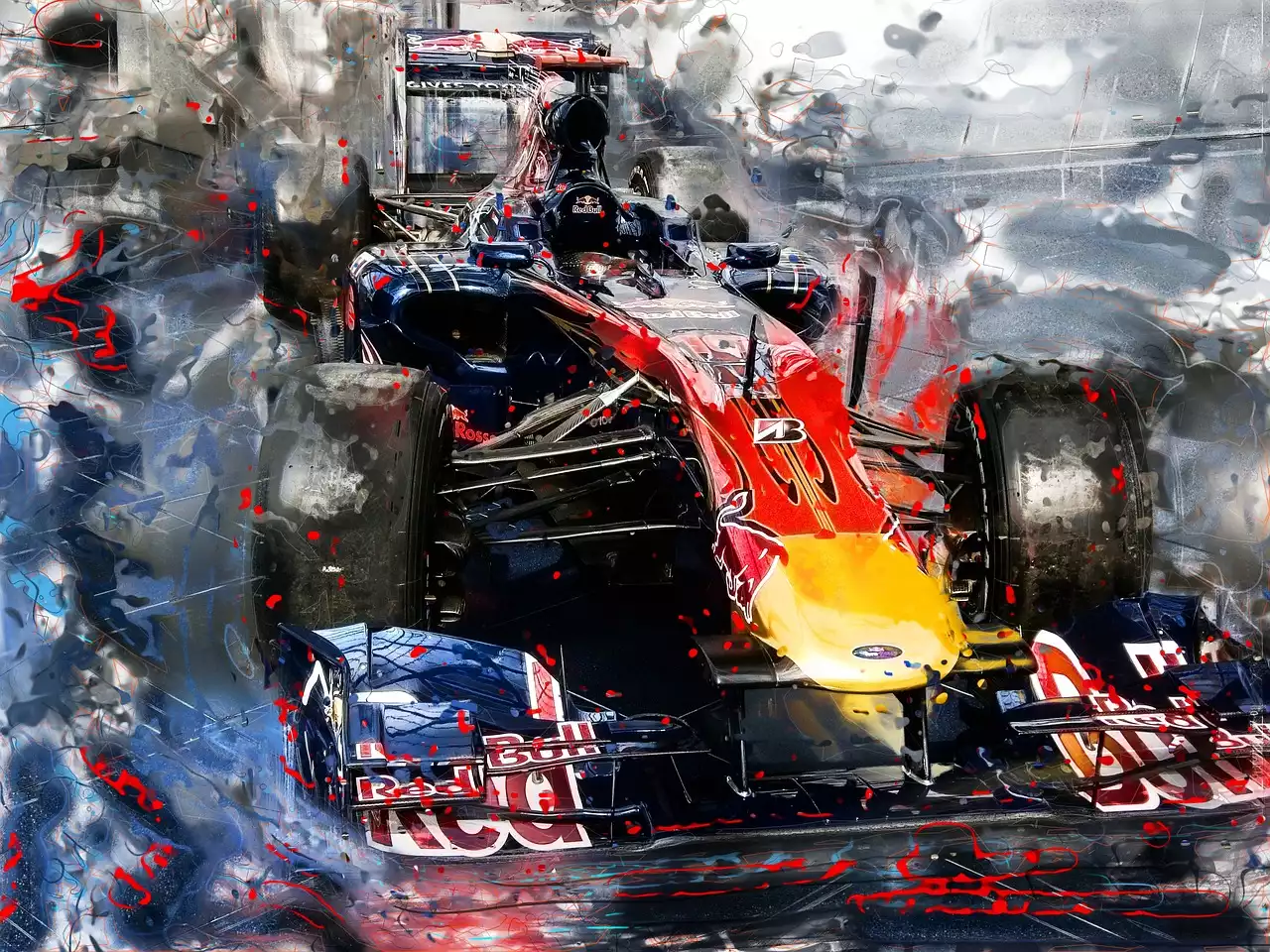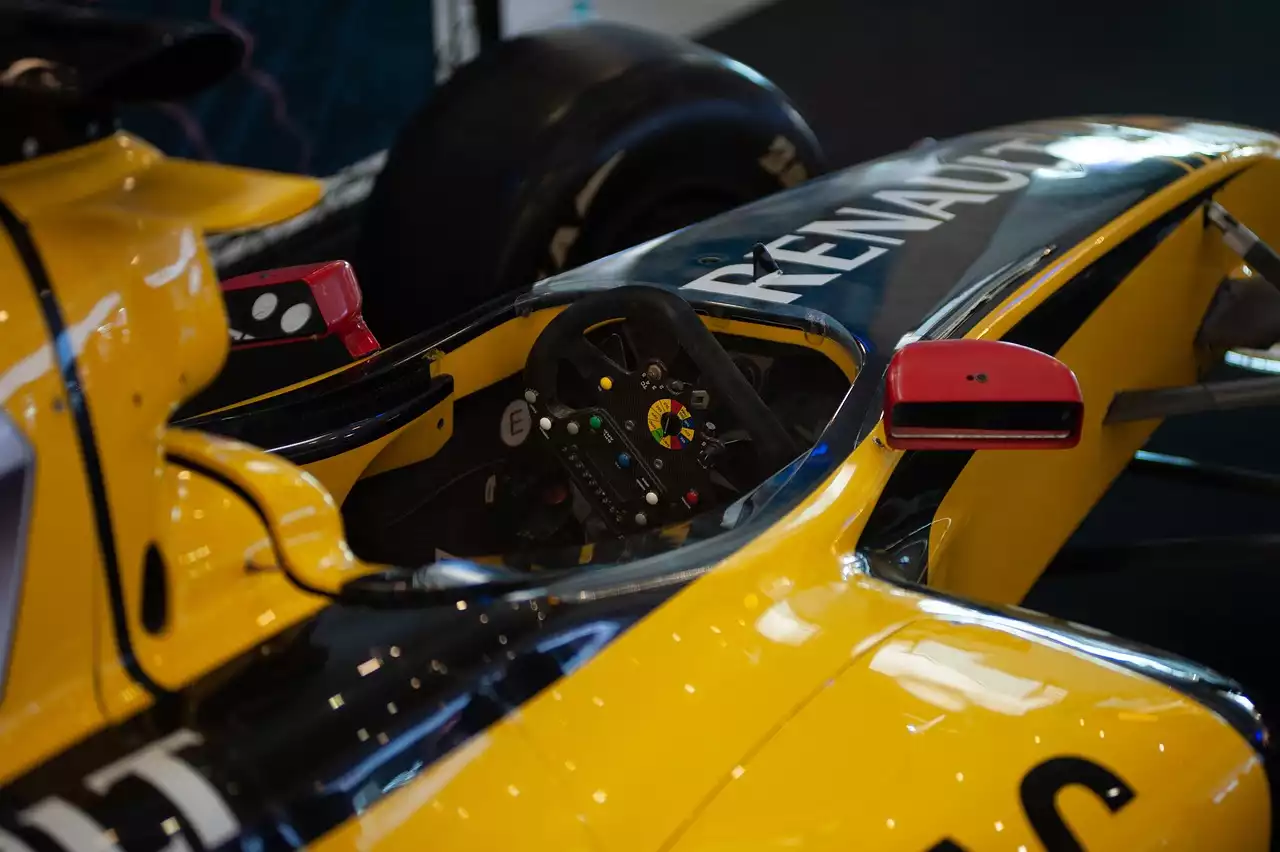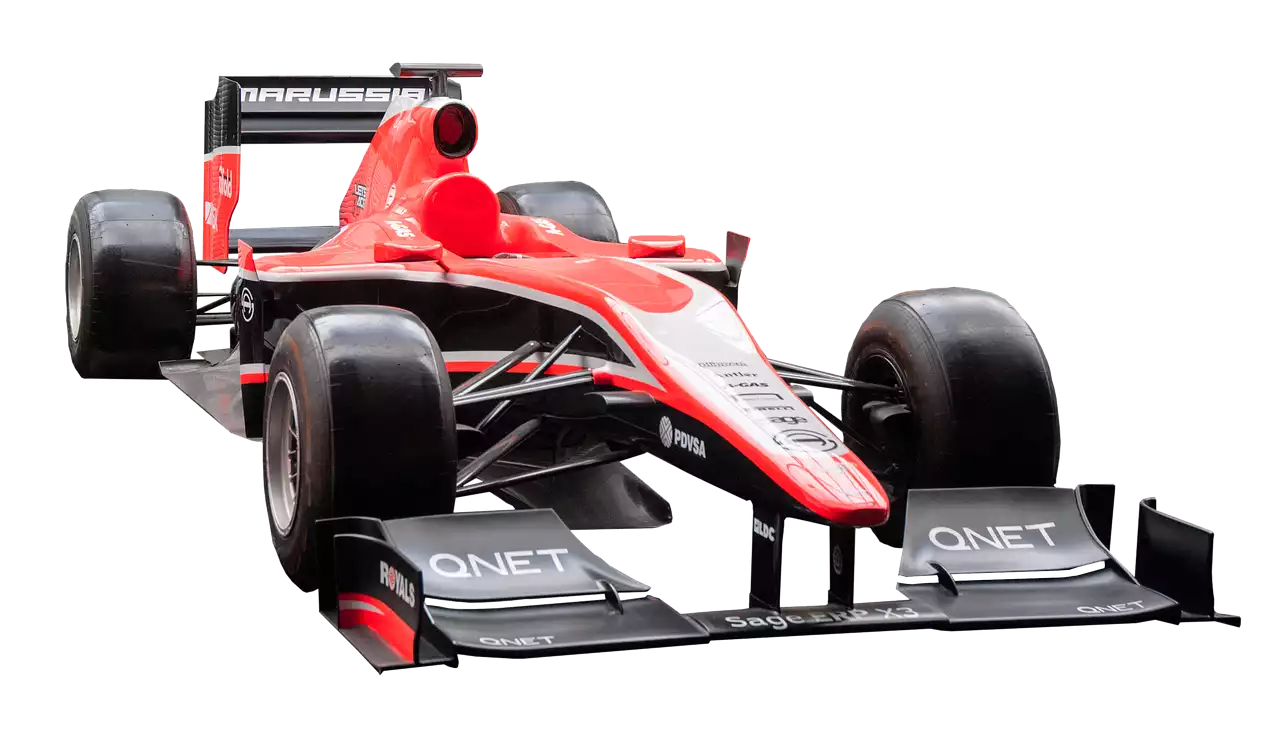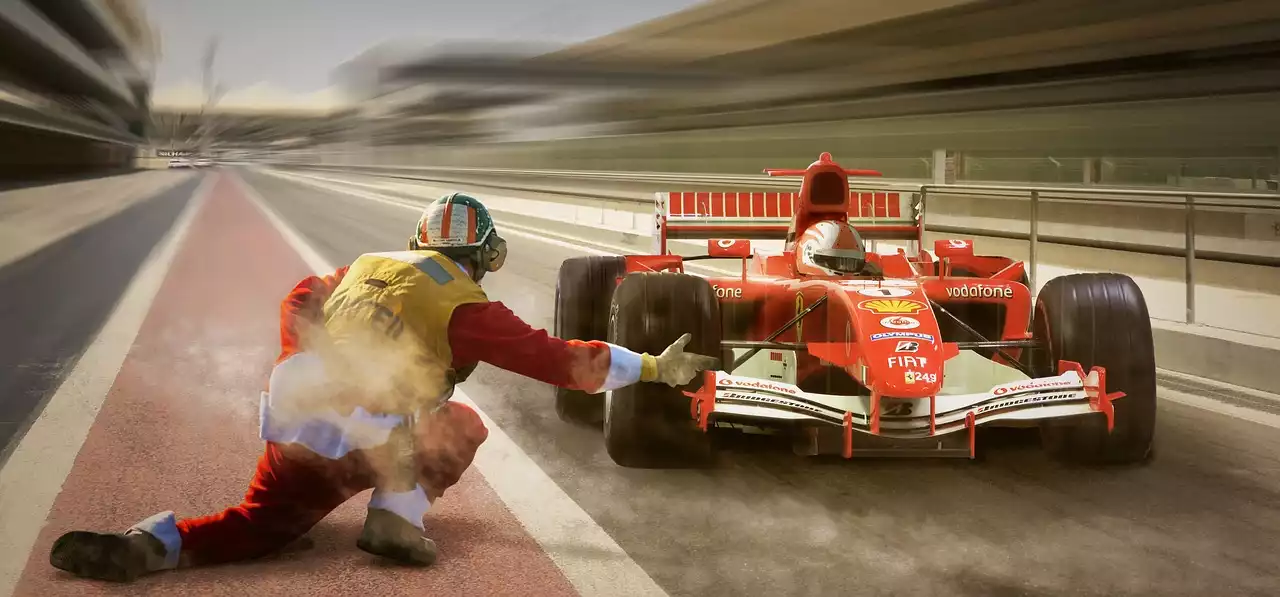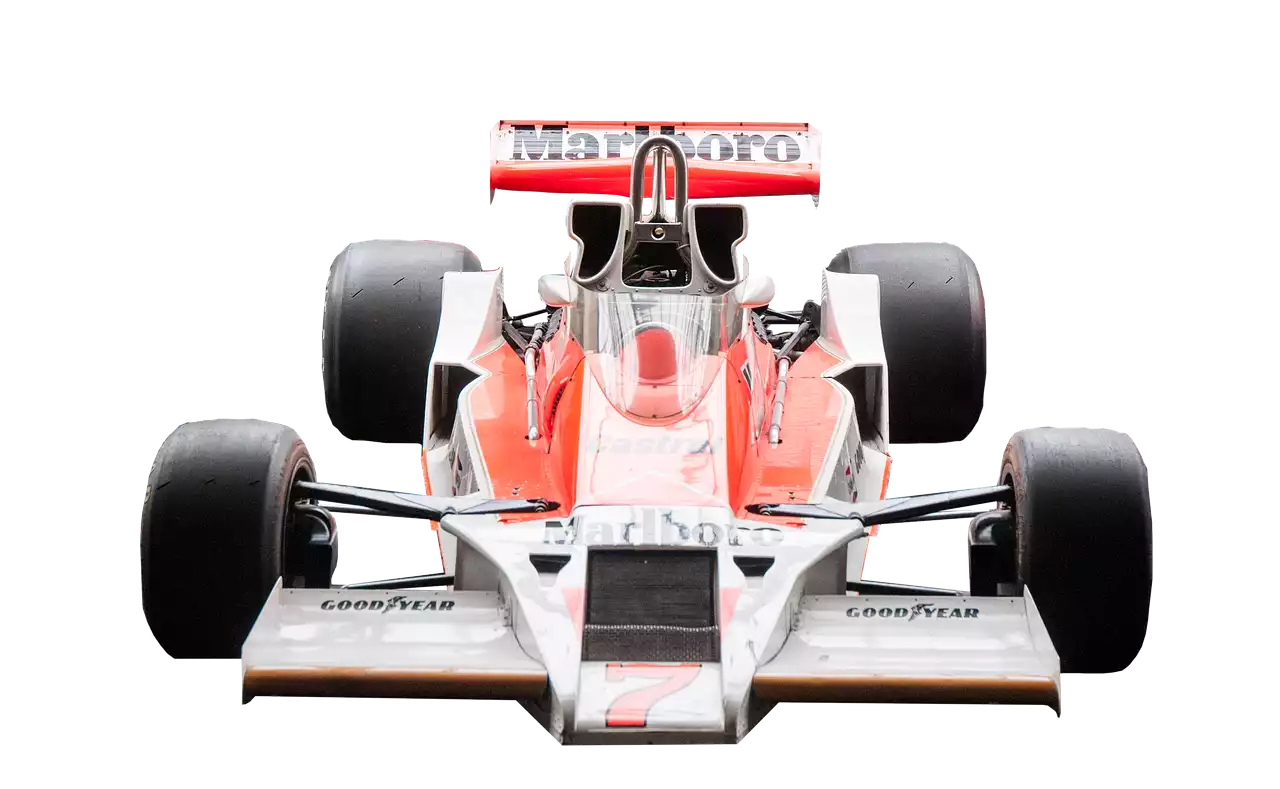A brief history of the Indianapolis 500
The Indianapolis 500 has a long and storied history, dating back to 1911. The race was originally conceived as a way to promote the Indianapolis Motor Speedway, which had been built just a few years earlier. The first race was a huge success, and over the years, the Indianapolis 500 became one of the most important races in the world, attracting drivers from all over the globe.Over the years, the Indianapolis 500 has seen its fair share of innovations, from the introduction of the rearview mirror to the use of aerodynamic wings. But as technology continues to evolve, the organizers of the race are looking towards the future and making plans for the next generation of racing.
The need for innovation in motorsports
Innovation has always been a driving force in motorsports. From the earliest days of racing to the present day, drivers and teams have been pushing the limits of technology to gain an edge on the competition. But in recent years, the need for innovation has become even more pressing, as concerns about safety and sustainability have come to the forefront.In addition to these concerns, there is also a need to attract a new generation of fans and drivers to the sport. With so many other forms of entertainment vying for people's attention, motorsports has to find ways to stay relevant and engaging. This is where innovation comes in, as new technologies and ideas can help to create a more exciting and compelling experience for everyone involved.
The Indianapolis 500's plans for the future
The organizers of the Indianapolis 500 have big plans for the future, with a focus on innovation, safety, and sustainability. One of the most exciting developments is the introduction of electric cars to the race. This is part of a broader push towards electric and hybrid technology, which is seen as a way to reduce emissions and make motorsports more sustainable.In addition to the move towards electric cars, the Indianapolis 500 is also exploring new safety features. One of the most promising developments is the use of advanced sensors and data analytics to predict and prevent accidents before they happen. This is part of a broader trend towards using data and technology to improve safety in all forms of transportation.
Next-generation technology in the Indianapolis 500
As technology continues to evolve, the Indianapolis 500 is embracing new ideas and innovations to create a more exciting and engaging experience for fans and drivers alike. One of the most exciting developments is the use of augmented reality (AR) and virtual reality (VR) to create immersive experiences for fans. This could include everything from live AR overlays on the race track to VR simulations that allow fans to experience what it's like to be behind the wheel of a race car.Another area where technology is having a big impact is in the development of new materials and manufacturing techniques. This is allowing teams to create lighter, stronger, and more aerodynamic cars, which can lead to faster lap times and more exciting races.
Safety innovations in the Indianapolis 500
Safety is always a top priority in motorsports, and the Indianapolis 500 is no exception. Over the years, the race has seen a number of innovations in safety, from the introduction of the roll cage to the use of energy-absorbing barriers. But as technology continues to evolve, new safety features are being developed to prevent accidents and reduce the risk of injury.One of the most promising developments is the use of sensors and data analytics to predict and prevent accidents before they happen. This could include everything from monitoring the condition of the track to analyzing the performance of individual cars and drivers. By using this data to identify potential risks and take proactive measures to prevent accidents, the Indianapolis 500 is helping to make racing safer for everyone involved.
Sustainability initiatives in the Indianapolis 500
Sustainability is becoming an increasingly important issue in all areas of life, and motorsports is no exception. The Indianapolis 500 is taking a number of steps to reduce its environmental footprint and promote sustainability. One of the most significant developments is the move towards electric and hybrid technology, which is seen as a way to reduce emissions and make racing more sustainable.In addition to the move towards electric cars, the Indianapolis 500 is also exploring ways to reduce waste and promote recycling. This includes everything from using biodegradable materials in the construction of the race track to encouraging fans to recycle their waste.
The future of fan engagement at the Indianapolis 500
As technology continues to evolve, the Indianapolis 500 is looking for new ways to engage with fans and create a more exciting and immersive experience. One area where this is happening is in the development of virtual and augmented reality experiences. This could include everything from live AR overlays on the race track to VR simulations that allow fans to experience what it's like to be behind the wheel of a race car.Another area where the Indianapolis 500 is focusing on fan engagement is through social media and digital marketing. By using platforms like Twitter and Instagram, the race is able to connect with fans in new and exciting ways, sharing behind-the-scenes content and creating a sense of community among fans around the world.
The impact of COVID-19 on the Indianapolis 500's plans
The COVID-19 pandemic has had a major impact on the world of sports, including the Indianapolis 500. The race was postponed in 2020 due to the pandemic, and the organizers had to make a number of changes to ensure the safety of drivers, teams, and fans. This included limiting the number of fans in attendance and implementing strict safety protocols.Despite these challenges, the Indianapolis 500 was able to adapt and continue to provide an exciting and engaging experience for fans. The race is expected to return to its normal schedule in 2021, with a renewed focus on innovation and sustainability.
The role of Indianapolis 500 in shaping the future of motorsports
The Indianapolis 500 has long been a leader in the world of motorsports, and its plans for the future are helping to shape the direction of the industry as a whole. From the move towards electric and hybrid technology to the use of augmented reality and data analytics, the race is embracing new ideas and innovations to create a more exciting and engaging experience for everyone involved.As the world of motorsports continues to evolve, the Indianapolis 500 is sure to remain at the forefront of innovation and change. With its long history of excellence and commitment to safety and sustainability, the race is poised to continue to inspire and excite fans for generations to come.---In conclusion, the Indianapolis 500's next-generation plans and innovations promise to take the race to new heights, with a focus on innovation, sustainability, and fan engagement. From electric cars to augmented reality experiences, there are plenty of exciting developments on the horizon. The race's commitment to safety and sustainability is also commendable, and is helping to shape the direction of the industry as a whole. As we look towards the future of motorsports, the Indianapolis 500 is sure to be a driving force in innovation and change.
